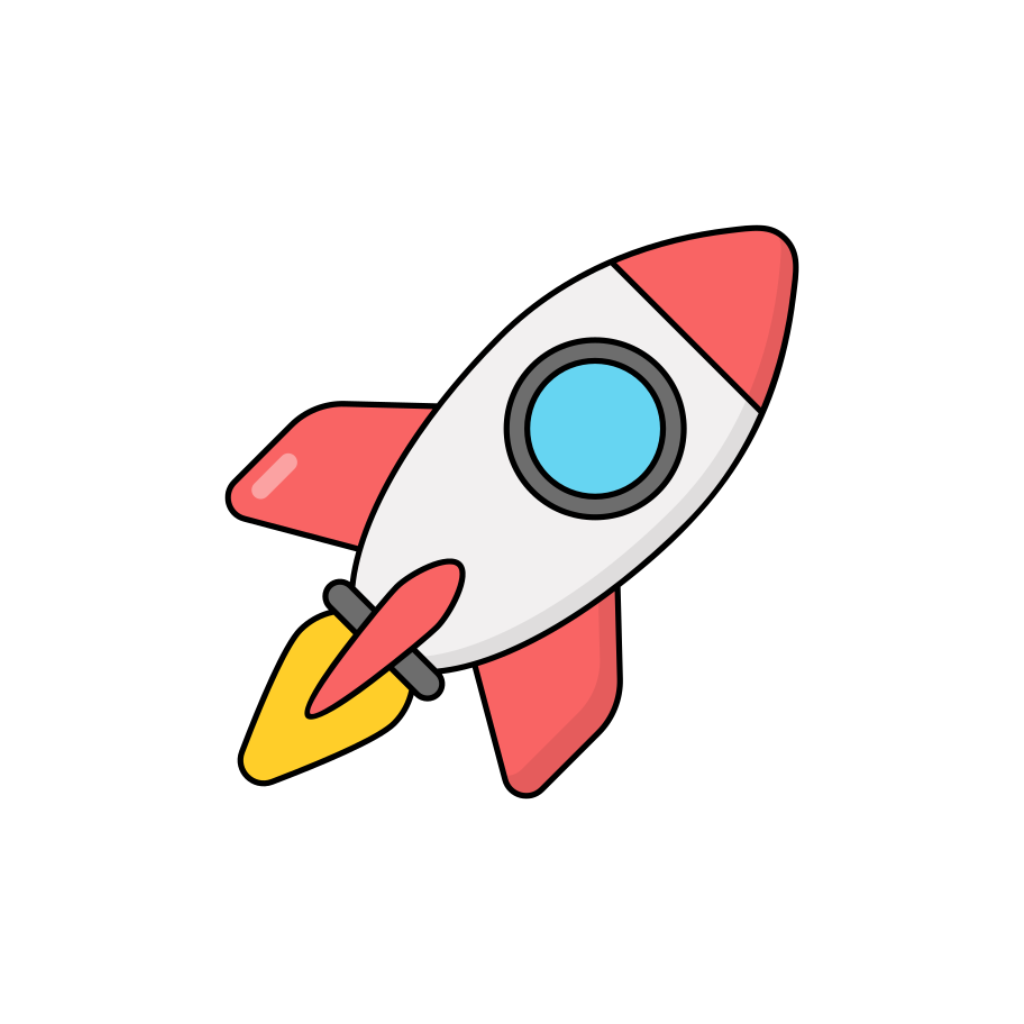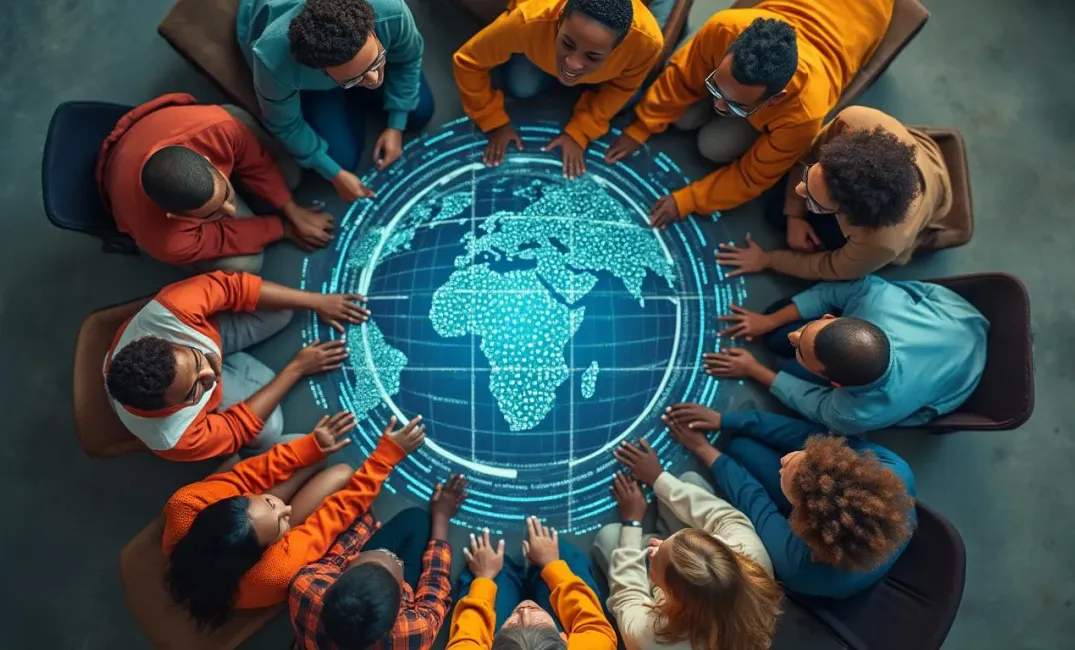Introduction: Unraveling the Threads of Shared Understanding
"Language is the art of communication, the essence of connecting human minds and hearts across oceans and eras." — Unknown
From primal sounds and gestures to elegant prose and digital dialogues, humanity's mastery of language and communication weaves a continual thread through cultural evolution and societal growth. Language, our quintessential tool, breathes life into thought and emotion, transforming fleeting ideas into a lasting heritage that defines and delineates civilizations.
In this exploration, we journey through the rich legacy of human language and communication, examining how it shapes cultures, fosters connection, and drives collective progress across epochs. By understanding its dynamic evolution, we unravel the timeless bond that has sustained and enriched humanity's shared experience.
The Origins and Evolution of Language: Sound and Symbol
Echoes of the Past: Proto-Languages
- The Dawn of Expression: In the millennia-long shadows of prehistory, the earliest humans likely communicated with a mix of vocalizations, gestures, and body language. These primitive exchanges laid the groundwork for complex speech, evolving as social structures became more intricate.
- Proto-Language Hypotheses: Linguists suggest the existence of proto-languages—ancient linguistic ancestors—that branched into diverse language families. While the origins are obscured by time, the study of phonemes, morphemes, and syntax provides clues to these foundational tongues.
Written Language: Bridging Generations
- Symbols of Civilization: The inception of writing systems was a watershed moment in human communication. Sumerian cuneiform and Egyptian hieroglyphs emerged as early examples, enabling the cataloging of history, trade, governance, and knowledge.
- Alphabetic Systems and Literacy: Alphabetic writing systems, like the Phoenician and Greek alphabets, revolutionized literacy by simplifying complex scripts. This democratization of writing facilitated the preservation and dissemination of cultural richness across generations.
Language as a Cultural Mirror: A Tapestry of Diversity
Linguistic Diversity and Identity
- Language as Culture: Reflecting cultural nuances, beliefs, and values, language encapsulates identity. From the tonal intricacies of Chinese to the storytelling traditions of native languages, linguistic diversity offers a window into human experience.
- Endangered and Revitalized Languages: Globalization and linguistic homogenization threaten many indigenous languages. Revival efforts, such as those for Maori and Hawaiian languages, highlight the resilience of cultural identity and intergenerational connection.
Cross-Cultural Communication
- Translation and Interpretation: Translation has historically bridged cultural divides, facilitating diplomacy, trade, and the exchange of ideas. Modern interpretation employs technology to enhance real-time multilingual communication, fostering global understanding.
- Linguistic Borrowing and Evolution: Cultural interactions have enriched languages through borrowing, creating linguistic hybrids and fostering an evolutionary dance that reflects societies' interconnectedness and adaptability over time.
Beyond Words: Expanding Communication Horizons
Nonverbal Communication
- Gestures and Body Language: Nonverbal cues complement spoken language, conveying emotions and intentions through gestures, facial expressions, and posture. Understanding these nuances is crucial for cross-cultural interactions and effective communication.
- Art and Symbols as Communication: Art, music, and visual symbols transcend linguistic barriers, offering universal means of expression. Iconography and symbolism convey complex ideas succinctly, capturing societies' spiritual and aesthetic aspirations.
Digital Dialogues: The Age of Connectivity
- The Internet and Global Discourse: The internet revolutionized communication, collapsing geographical barriers and facilitating instantaneous exchange. Social media and messaging platforms reshape human interaction, fostering vibrant global communities.
- Digital Literacy and Information Dissemination: As digital communication expands, digital literacy becomes a cornerstone for participation in the global discourse. Ensuring equitable access to technology and education empowers voices across diverse social strata.
The Power and Responsibility of Language: Influencing Societies
Language and Power Dynamics
- Rhetoric and Persuasion: Language wields the power to inspire, manipulate, and transform. Political rhetoric, advertising, and cultural narratives influence public opinion, ethical considerations, and societal values.
- Censorship and Freedom of Expression: Societal control over language—through censorship or regulation—shapes what ideas proliferate. Balancing freedom of expression with societal harmony remains a nuanced and evolving endeavor.
Language as a Tool for Progress
- Literacy and Education: Literacy is a catalyst for personal and societal empowerment. Efforts to enhance global literacy, through education initiatives and language access, fuel opportunity and foster informed, engaged citizens.
- Linguistic Anthropology and Understanding: Linguistic anthropology delves into the complex relationships between language, culture, and society. It offers insight into human cognition, social structures, and evolving identities, providing pathways for empathy and understanding.
The Future of Communication: Adapting and Evolving
Technological Advancements in Communication
- Artificial Intelligence and Language Processing: AI-driven language processing enhances translation, conversation, and accessibility. As AI's role expands, embedding ethical and cultural considerations ensures its constructive integration into communicative practices.
- Augmented and Virtual Reality: Emerging technologies converge to enrich linguistic expression and understanding across immersive platforms, reshaping storytelling, education, and collaborative experiences in virtual and augmented realities.
A Sustainable Communication Ecosystem
- Preserving Linguistic Diversity: Efforts to document and sustain linguistic diversity reflect humanity's commitment to protecting intangible cultural heritages. Multilingual platforms and initiatives champion equal linguistic representation.
- Ethical Communication Practices: As communication channels evolve, fostering respectful, empathetic, and inclusive dialogues becomes paramount—charting a course toward a world where diverse voices thrive and harmonize.
Conclusion: The Enduring Legacy of Language
"To have another language is to possess a second soul." — Charlemagne
Human language and communication are the eternal threads weaving through our collective narrative, binding past, present, and future. It is through words, symbols, and expressions that humanity expresses its ingenuity, empathy, and aspirations.
As we navigate the tides of change, embracing the evolving tapestry of communication propels us forward, illuminating paths of potential and possibility. In the dance of language, we find connection and meaning, guiding us toward a shared destiny marked by mutual curiosity and understanding, harmonizing voices into one vibrant symphony.
DIGITAL LITERACY, SOCIAL STRUCTURE, LANGUAGE, COMMUNICATION, LINGUISTIC DIVERSITY, EVOLUTION, NONVERBAL COMMUNICATION, TECHNOLOGICAL ADVANCEMENT, ETHICAL COMMUNICATION, CULTURE

